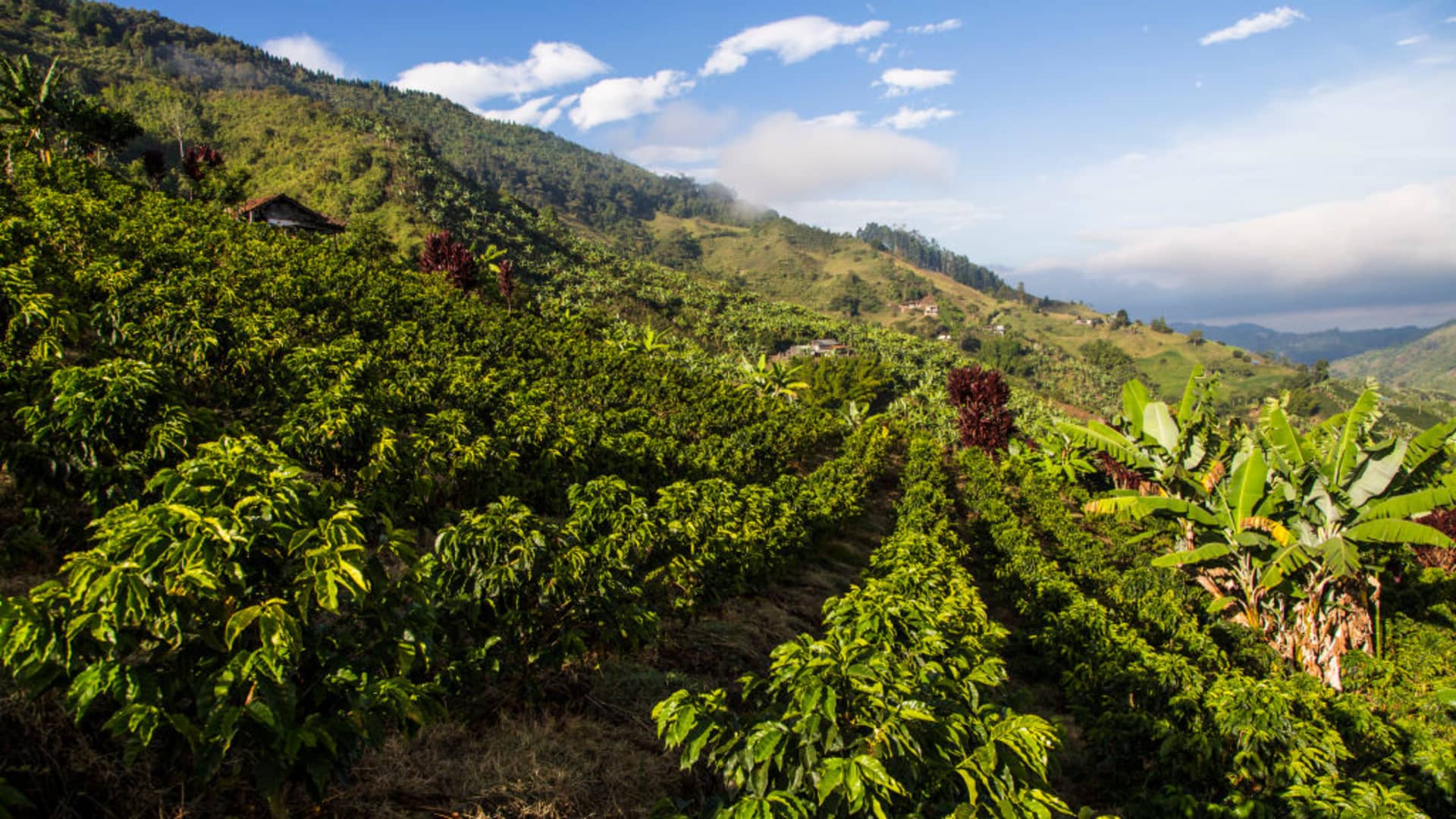
A sizzling cup of espresso is the very best begin to the day for hundreds of thousands of folks around the globe. But if taking that first sip, it is simple to omit how a lot paintings is going into bringing it to the desk.
From the farmers cultivating and harvesting espresso vegetation, to milling and roasting, many an important and labor-intensive steps are excited about espresso manufacturing. Like several business processes, it ceaselessly makes use of numerous land, water and effort.
This implies there may be an expanding quantity of scrutiny surrounding the sustainability of the adventure from bean to cup — one thing that hasn’t long past not noted by means of the bosses of the one of the crucial global’s greatest espresso corporations.
“We want to trade our building type,” Andrea Illy stated on the Global Financial Discussion board previous this month, referencing the “extractive type” of the current and previous.
The chairman of Italian espresso massive Illycaffe, who used to be speaking in vast phrases, stated the present gadget used to be depleting herbal sources and generating an “countless” quantity of residues.
Those have been “polluting and amassing within the biosphere, ultimately suffocating it and combating the biosphere to self-regenerate,” he added.
“The theory is we want to shift this type and create a brand new ‘bio-mimic’ type, running like nature, the usage of simplest renewables … most likely sun.”
“We’re speaking in regards to the power transition, however it’s … a prerequisite of a far larger transition, which is the ecological one,” Illy additionally instructed CNBC’s Steve Sedgwick at the panel at WEF.
Illy’s argument feeds into the perception of the round economic system. The theory has received traction lately, with many corporations around the globe having a look to function in ways in which reduce waste and inspire re-use.
Additionally talking at the WEF panel used to be Maria Mendiluce, CEO of the We Imply Industry Coalition. She wired that concepts hooked up to circularity weren’t limited to meals manufacturing.
“I don’t believe we have now exploited, totally, the ability of [the] round economic system — additionally within the business methods,” she stated, including that now used to be “the correct second to take action.”
Mendiluce went on to talk about the uncommon fabrics required for the transition to a extra sustainable economic system, with explicit connection with unique apparatus producers, or OEMs, equivalent to automakers.
“In the event you communicate to the OEMs, [the] round economic system is entrance and heart at the technique, as a result of we want to recycle those fabrics — cobalt, nickel, etcetera — so that you could give you the batteries for the longer term,” she stated.
Slowly however indubitably, corporations are growing processes to recycle fabrics utilized in applied sciences an important to the power transition.
Ultimate November, for example, Swedish battery company Northvolt stated it had produced its first battery cellular with what it described as “100% recycled nickel, manganese and cobalt.”
And a couple of months previous, in June 2021, Normal Electrical’s renewables unit and cement massive Holcim struck a deal to discover the recycling of wind turbine blades.
Returning to the theme of the way the wildlife may affect industry practices, Dickon Pinner, senior spouse and co-leader of McKinsey Sustainability, described nature as “just like the steadiness sheet of the planet.”
“There are such a lot of dependencies of the actual economic system on nature that many corporations [and] governments have no longer but totally discovered,” he stated. “The interdependence is … so nice.”
